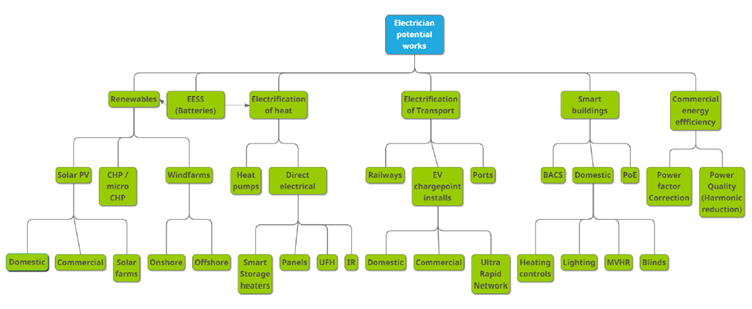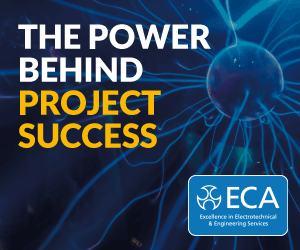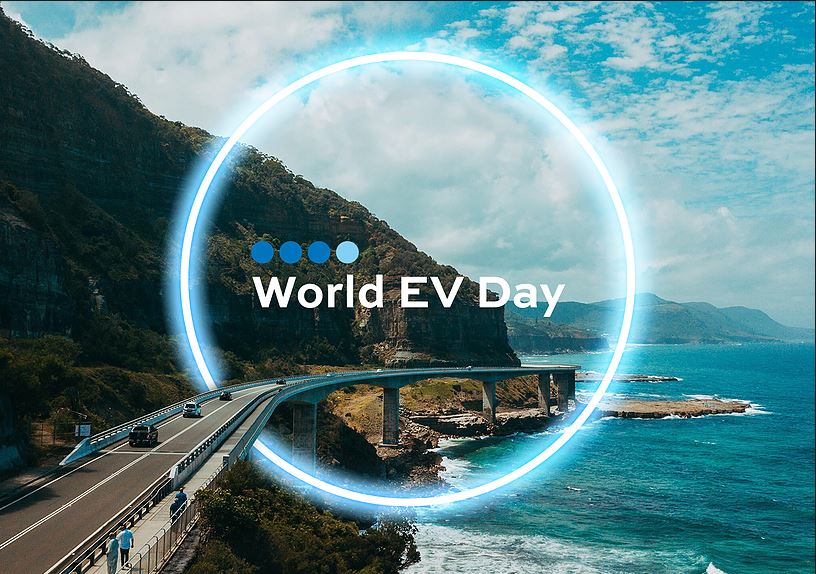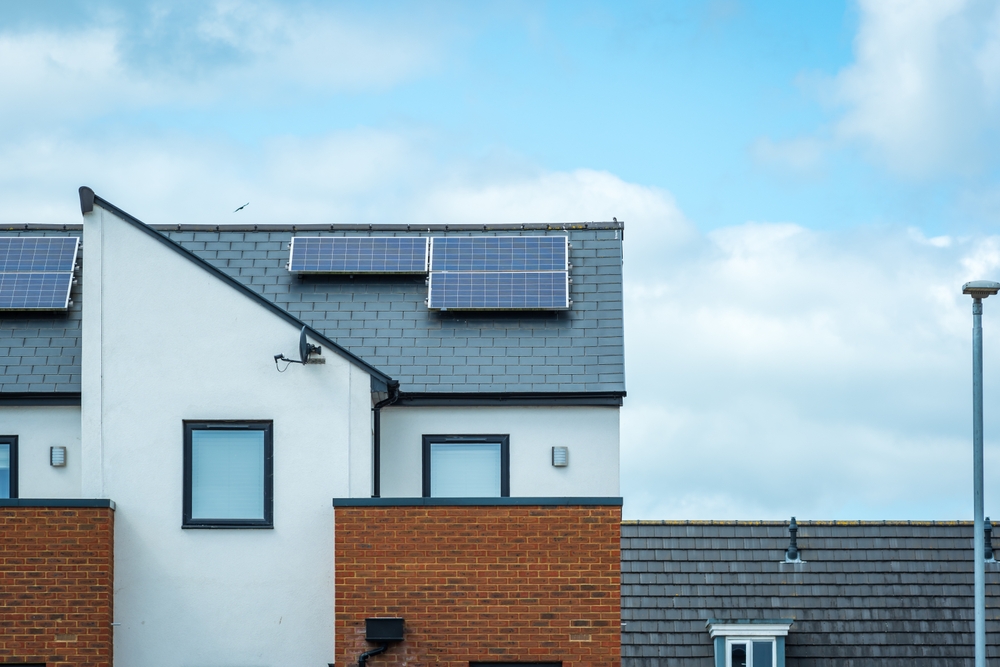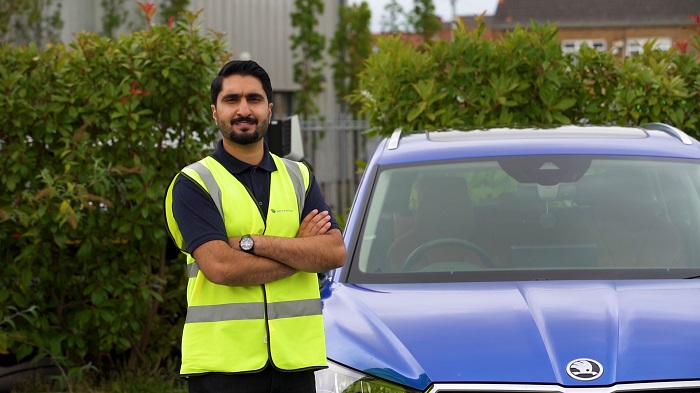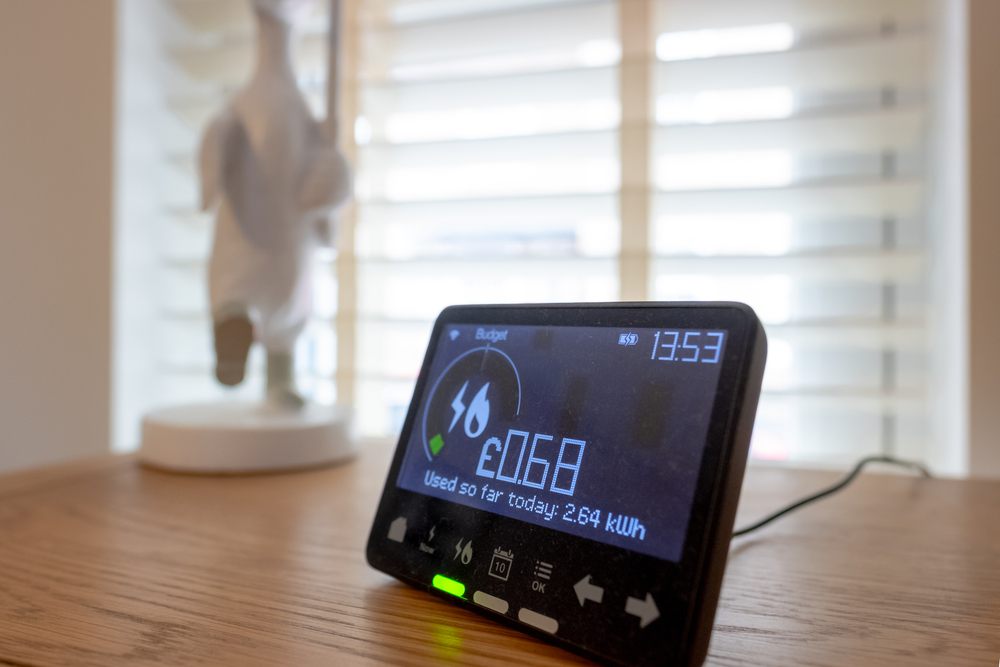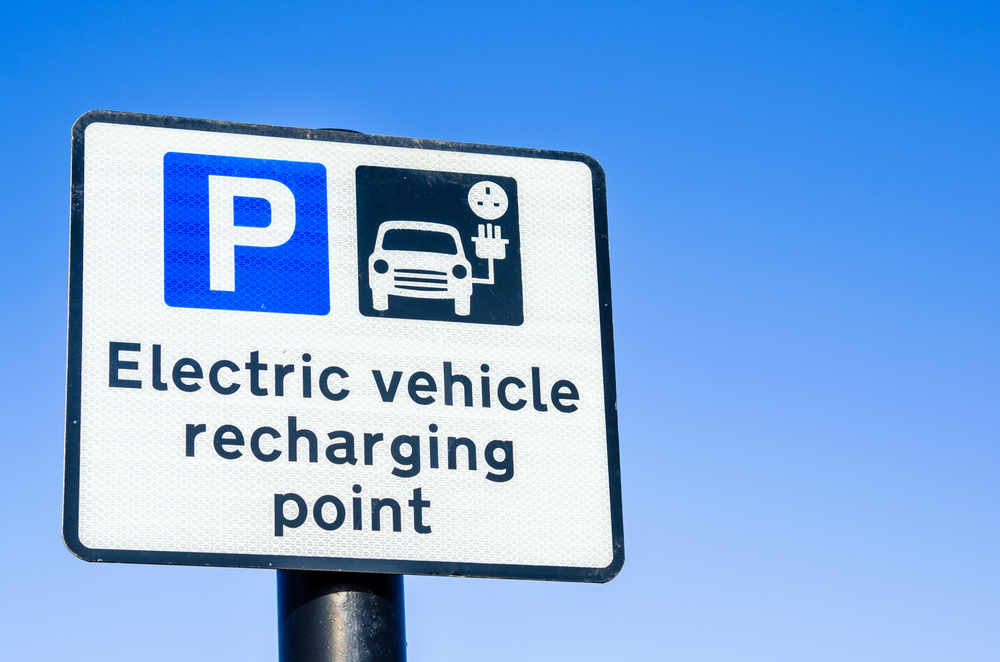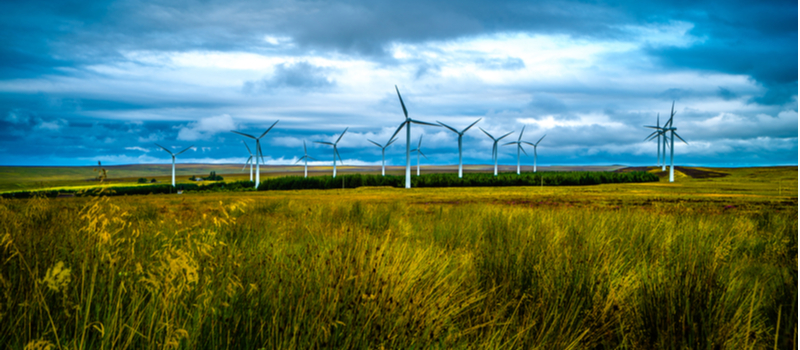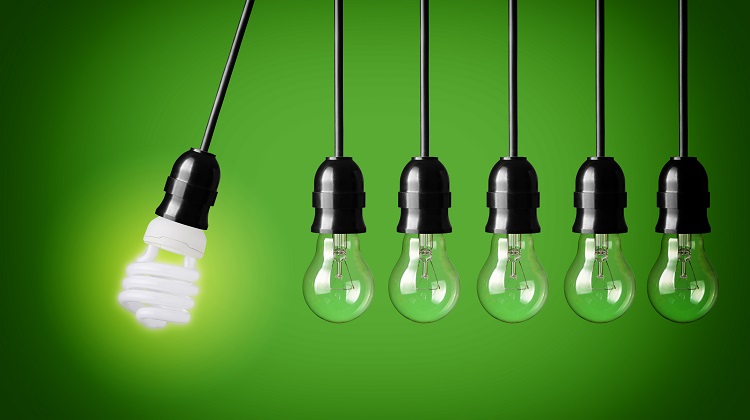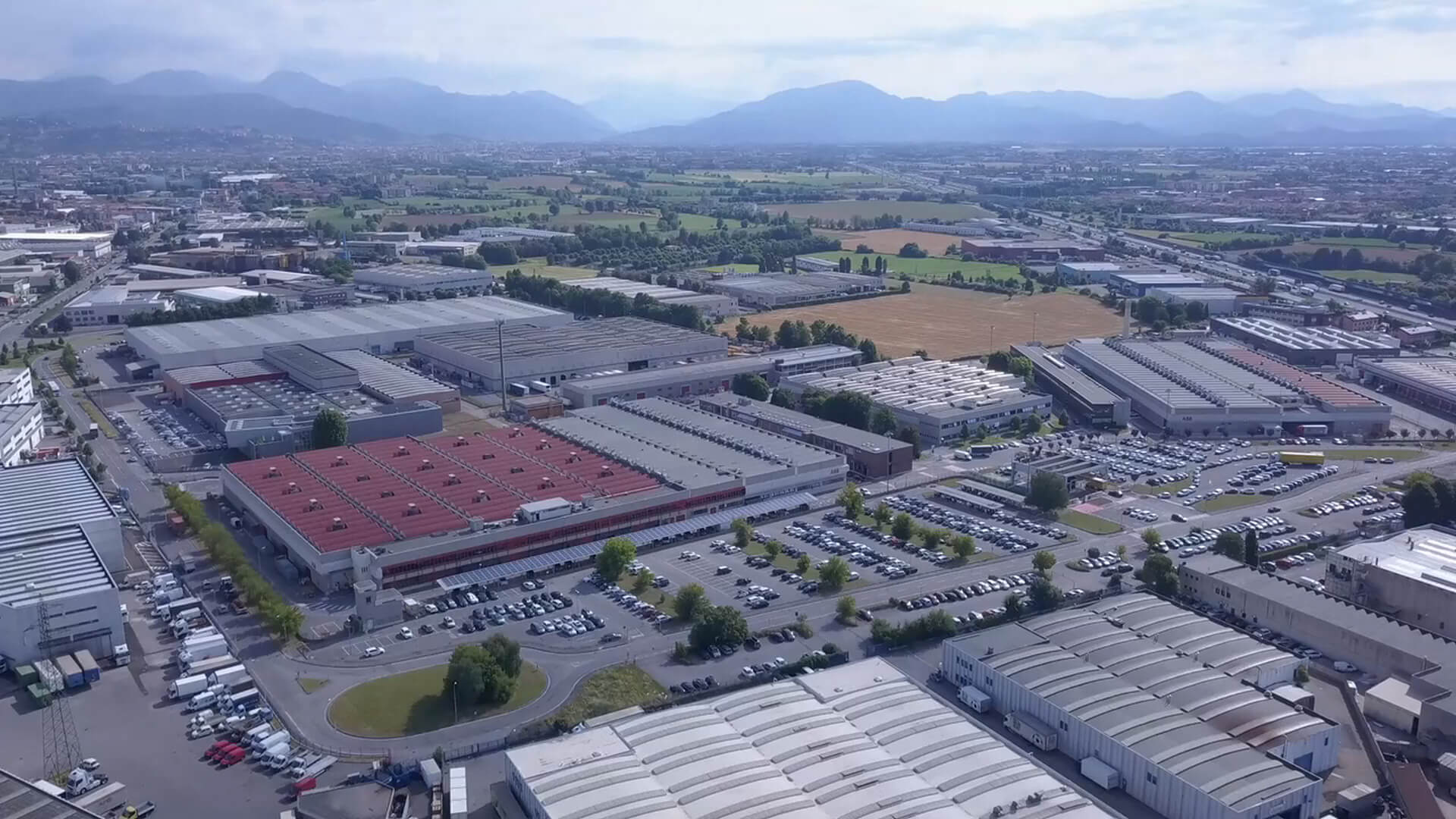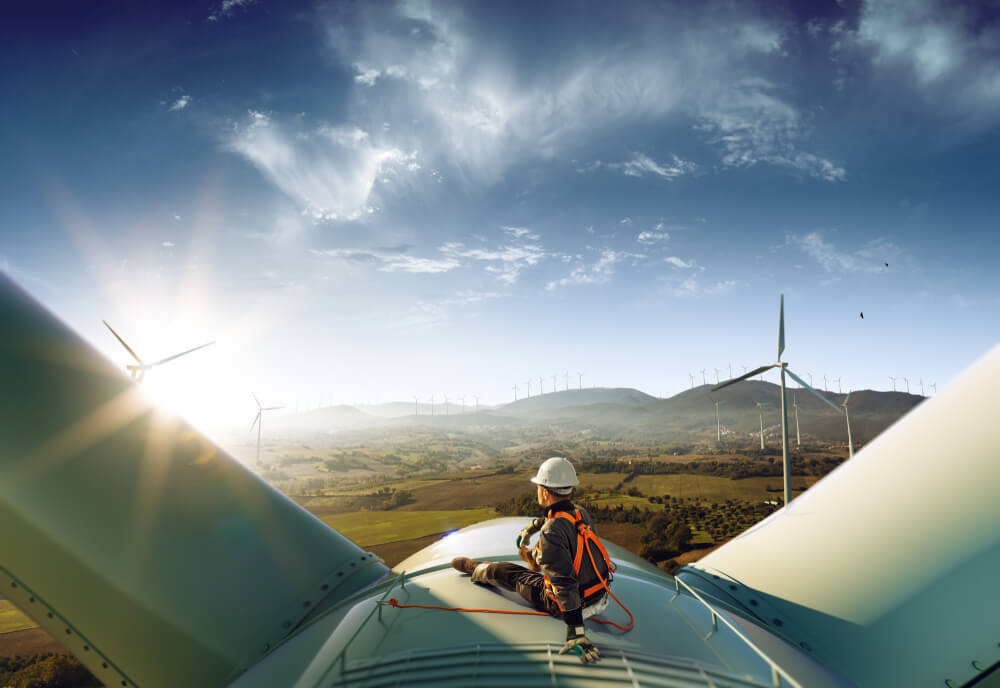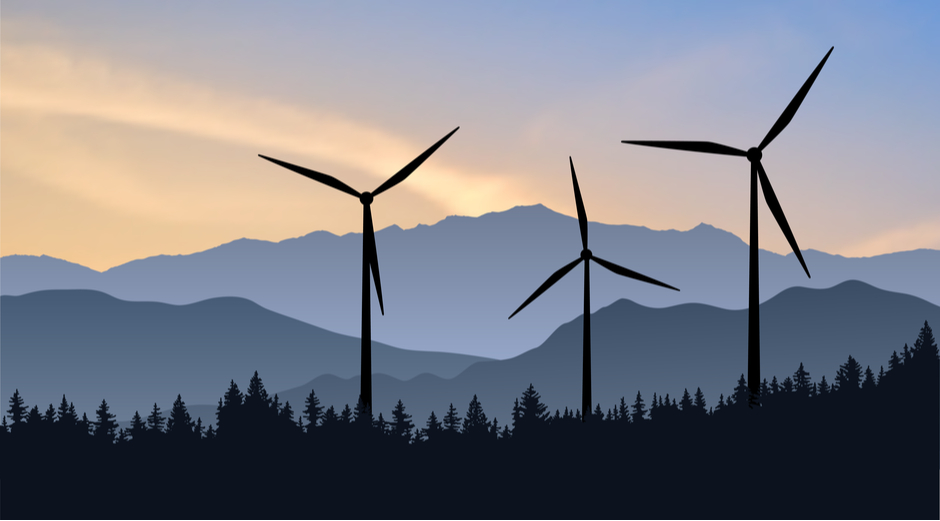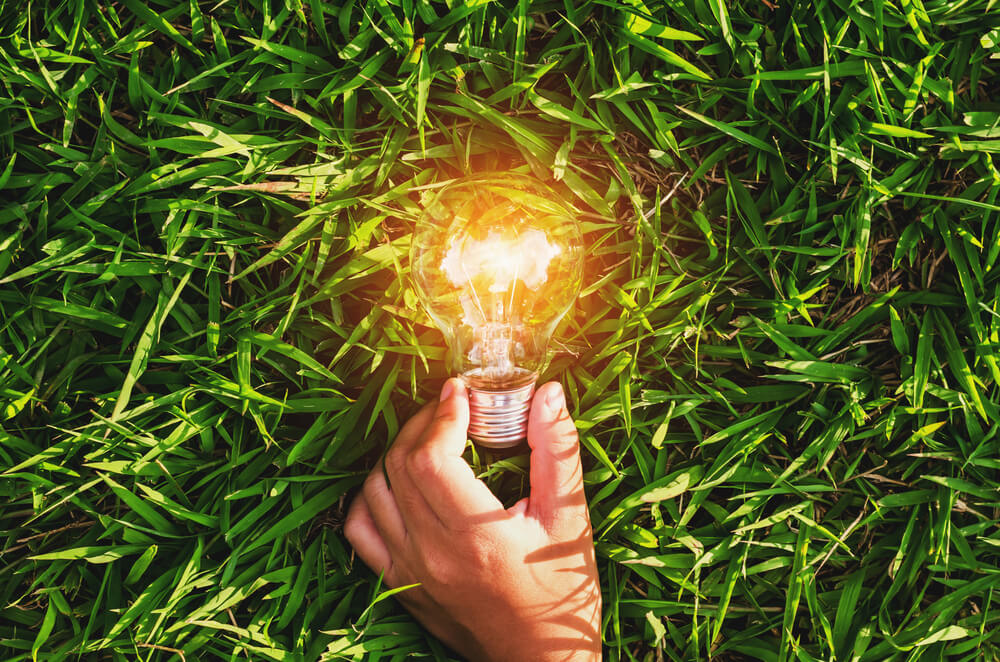Prosumer installations: the ultimate guide
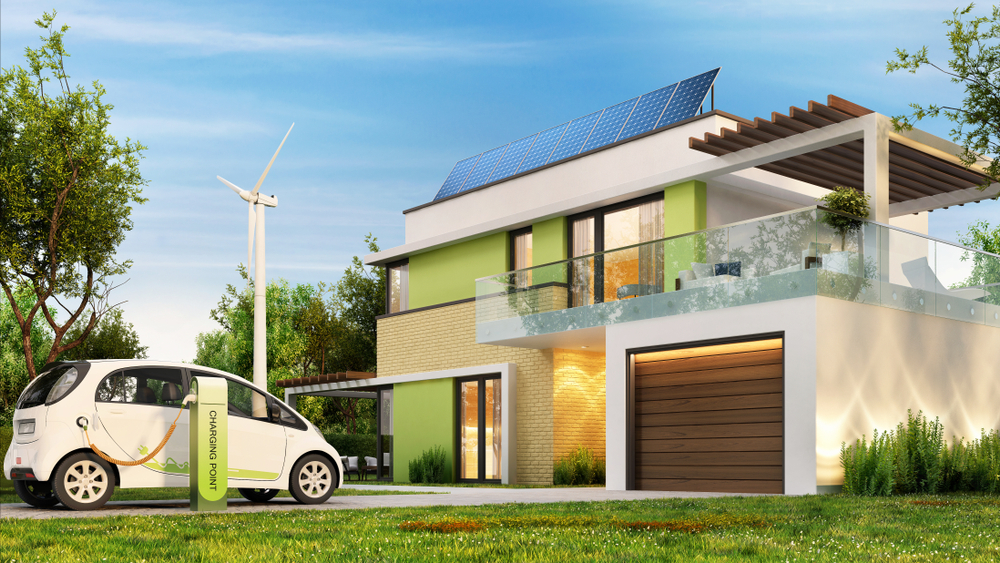
What is a prosumer building?
“A building that is an active component of the energy network and that moves beyond a unidirectional flow of energy into the building to that of bi-directional flow.”
BS7671: Part 8 Chapter 82: The Energy Prosumer
As the UK attempts to use less fossil fuel and move towards a Net Zero Carbon 2050, significant new demands will be placed on our existing energy systems. Many more of us will become prosumers.
This will have three important implications for the electrical and wider electrotechnical sector:
- More business: prosumer activity is set to provide huge opportunities for retrofitting existing buildings and installation in new buildings.
- Attracting talent: as one of the sectors at the centre of a building and infrastructure Net Zero Carbon 2050, the demand for modern technology and techniques will help to drive recruitment.
- Trusted experts: the electrical services sector will become increasingly relevant to policy conversations about the UK’s energy direction and future, and to clients, making it a principal agent of positive change.
Prosumerism: Why now?
“Energy generated from renewable energy accounted for over 43 per cent of the energy provided to the electricity grid in 2020.”
BS 7671 (March 22): Part 8, Chapter 82 The Energy Prosumer
The UK regularly generates more electrical energy from renewables. Renewables' share of total generation was 42.8 per cent at the end of 2021, up by 2.1 per cent on 2020. This trend is set to increase. However, growing reliance on renewables raises issues such as consistency of energy supply.
To ensure a sufficiently consistent UK energy supply, the ECA has actively lobbied government and industry stakeholders in three key areas:
- Generation
- Storage
- Energy efficiency
In reality, we need a combination of effective measures across these three areas. But even focusing on points two and three − improved storage and energy efficiency − could save the UK economy £30−£70 billion according to BEIS’s ‘Transitioning to a net Zero energy system: Smart Systems and Flexibility Plan 2021’ (view this at bit.ly/3xLuonF).
Opportunity #1: More business
The ECA Guidance Note ‘Planning for a Green Pivot v 1.2’ identifies many opportunities for low-carbon electrotechnical activity, outlined in the diagram below:
Looking at three of these opportunities in more detail:
- Transport: building the domestic and commercial infrastructure
Electric vehicles (EV) have already entered an early exponential growth phase. In 2015, just over 1 per cent of new vehicles registered also had a plug, compared with almost 19 per cent in 2022 (according to the Society of Motor Manufacturers and Traders). Key factors such as current fuel prices and the none-too-distant 2030 ban on the sale of new internal combustion engine (ICE) vehicles will reinforce this trend and increase the need for Electric Vehicle Charge Point (EVCP) installation and maintenance for both domestic and commercial use.
- Heating: making homes carbon-efficient
As part of the Boiler Upgrade Scheme, a £450m government grant came into force in May 2022, providing £5,000 for households to install air source heat pumps (ASHP).
Furthermore, with no VAT on heat pumps for the next five years, government support for this sector looks set to continue, so electrical contractors may decide to invest in training and certification on the basis of improved predictability.
As the carbon intensity of grid electricity falls, for new or well-insulated houses, the direct electrification of heating – such as underfloor heating, infra-red heaters, or Smart Storage heaters – may become more and more worthwhile following forthcoming changes to the Building Regulations (which have historically penalised electric heating).
- Renewables & storage: working together to improve efficiency
On a domestic scale, solar PV is once again back in vogue. With high energy prices set to continue, this solution is growing in popularity for both retrofit and new-build projects. The combination of the Green Homes Grant and Building Integrated PVs (BIPV) has boosted the appeal of solar PV installations for new builds especially.
Electrical Energy Storage Systems (EESS) offer a whole new level of flexibility and convenience, allowing users to buy energy from the grid when usage and prices are low, and sell it back at peak times. As EVs become ubiquitous, Vehicle to Grid (V2G) charging will become an integrated feature of many homes, making use of the EV’s significant electric battery.
Opportunity #2: Attracting Talent
To do the work needed to meet our Net Carbon Zero targets, electricians will need to add new skills to their arsenal. This means training and certification will be incredibly important, both for businesses and qualified electricians looking to expand their capabilities. It will also be vital for the career progression of any new and prospective industry entrants.
Electrical energy storage system (EESS), Electric Vehicle Charge Point (EVCP) and Heatpump training and Building Automation and Control Systems (BACS) are areas where technicians can expand their skillset right now.
For installers looking to work within funded schemes, MCS certification is required. In some circumstances, they will need PAS 2030 when installing under a PAS 2035 Retrofit program. Learn more about this at mcscertified.com.

Opportunity #3: Trusted Experts
At the outset of this article, I mentioned the recent addition of Chapter 82 to The Wiring Regulations. It highlights how the electrical systems within our buildings will need to interact with a smart and decarbonised energy grid. It introduces a couple of new terms: Energy Prosumer and Prosumer Electrical Installation (PEI).
To understand fully connected systems such as PEIs, electricians will need to understand how the various elements − onsite generation, energy storage, heating systems, EV charge points, to name a few – fit together, both with each other and with other trades. Incorrect specification or installation could lead to expensive mistakes down the line, when a whole building doesn’t work as intended.
The electrotechnical sector has a vital role to play in shaping the UK’s decarbonisation given our unique understanding of the technologies involved and the need for qualified and competent installers to deliver on the government’s objectives.
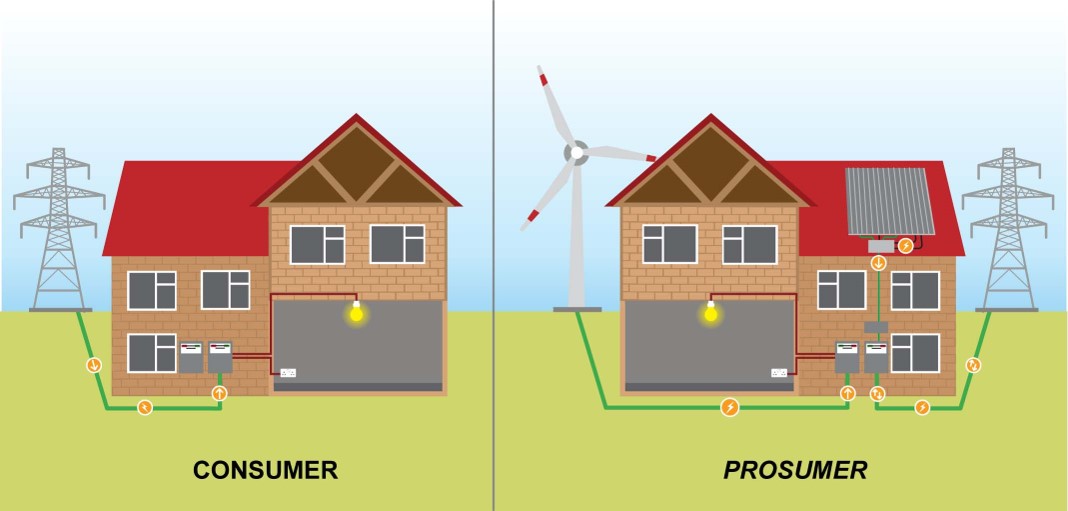
Case Study: Swansea University Bay Campus
‘Carbon v Cash’
This innovative project by ECA Member RDM and its sister company EFT Consulting pulls in a number of sustainable technologies and, uniquely, can be programmed to focus on carbon efficiency or cash saving, providing the end-user with unprecedented levels of flexibility.
The microgrid controller at the heart of this project uses a web-based user interface that communicates real-time energy use, savings and CO2 emissions data. This microgrid controller also links directly to third-party sites, such as weather forecasts, to decide whether/when to deplete or charge the batteries.
For example, if the user has specified cash efficiency, then weather forecasting data is combined with energy tariff predictions to decide when to use power, when to store it, and when to sell it back to the grid.
Sustainable technologies used
- 135kWp rooftop solar PV system
- 6kWp carport solar PV + 5 EV charge points
- 216kWh battery storage in bespoke ISO container
- Schneider Microgrid Controller
“It is fantastic to be able to work on this unique, innovative project, implementing new systems and technologies in a way that we hope will be a beacon to future developments. The innovations included in the scheme fit perfectly with the University’s aims to enhance its sustainability and reduce its carbon footprint by generating its own renewable power.”
Chris Phillips, Contracts Manager, RDM
Special considerations for installers
The energy prosumer model offers significant opportunities, and a range of new challenges. To work efficiently and effectively, solar panels, batteries, EV chargers and heat pumps will need to work in harmony. This means they will need to work as a prosumer system, and not just as individual product types. It is therefore vital that designers and installers have sufficient training and skills to make this possible, and to make sure that the technologies are configured to work collectively.
Ultimately, customers will become much more aware of their own energy use and production as we move beyond the status quo of taking grid supply, and its flat charges, for granted. Load-shifting will become a prominent part of prosumer installations, especially for heating and EV charging. A combination of rising or, at best, highly variable energy prices, plus new legislation and standards are shaping the future of UK grid supply and interactions.
Below is just one example of what installers will increasingly encounter as we begin to engage with the prosumer environment.
Island mode
Where a building is expected to run independently of the grid (in what is called island mode), specific earthing conditions and controls should be applied. In addition, checks will be needed to ensure that the local system will be running in-phase with the grid prior to grid re-connection. Additionally, installers will need to consider dedicated circuits when running in island mode.
Visit www.eca.co.uk/technical for exclusive Technical Bulletins on prosumer installations.
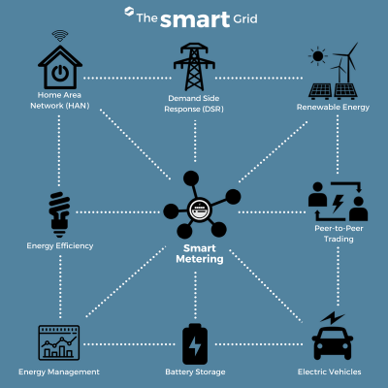
Guidance on Prosumerism
In late March 2022, the IET Wiring Regulations (BS7671 - 18th Edition) were amended to address − amongst other things − energy efficiency and prosumer installations, formally introducing us to the terms ‘Energy Prosumer’ and ‘Prosumer’s Electrical Installation (PEI)’.
ECA has produced guidance in this emerging area, including our Chapter 82 Energy Prosumer Guide. Additionally, ECA’s ‘Planning for a Green Pivot v1.2’ document covers an array of Net Zero Carbon 2050 opportunities for ECA Members, in particular guidance on support schemes, training and accreditation. Visit www.eca.co.uk/technical to learn more.
Prepare for success
The terms, Energy Prosumer, and Prosumers Electrical Installation (PEI) are set to become more common as the industry gears up for Net Zero Carbon 2050.
As one of the industries at the forefront of sustainability and Net Zero, we are faced with a unique and unprecedented set of opportunities. When these sustainable technologies can be designed to work together (as evidenced by the Swansea University Bay Campus Case Study), the effects can be ground-breaking.
However, ongoing training and accreditation will be vital to ensure that installations are carried out in a timely manner (to satisfy government objectives), effectively (to satisfy consumer needs, and efficiently (to satisfy Net Zero Carbon 2050 targets).
Useful resources
- BS7671:2018+A2:2022
- BS7671: Part 8 Chapter 82: The Energy Prosumer
- ECA Guidance Note: Planning for a Green Pivot v 1.2
- BEIS publication: Transitioning to a net Zero energy system: Smart Systems and Flexibility Plan 2021
- OFGEM Boiler Upgrade Scheme
Are you up to date with ECAtoday?
ECAtoday is the official online magazine of ECA and reaches thousands of people within the electrotechnical and engineering services industry.





